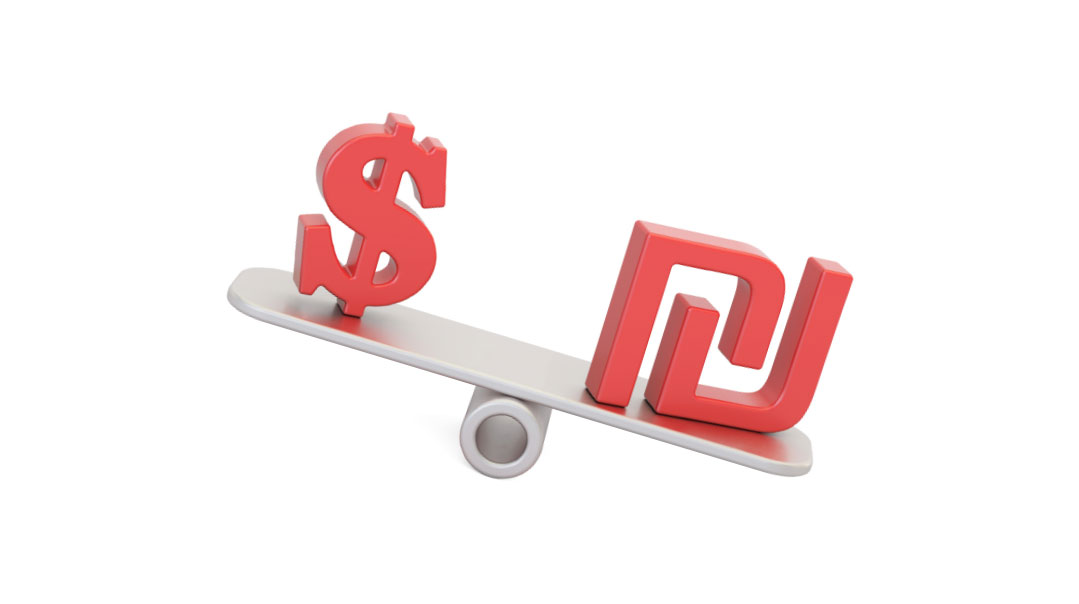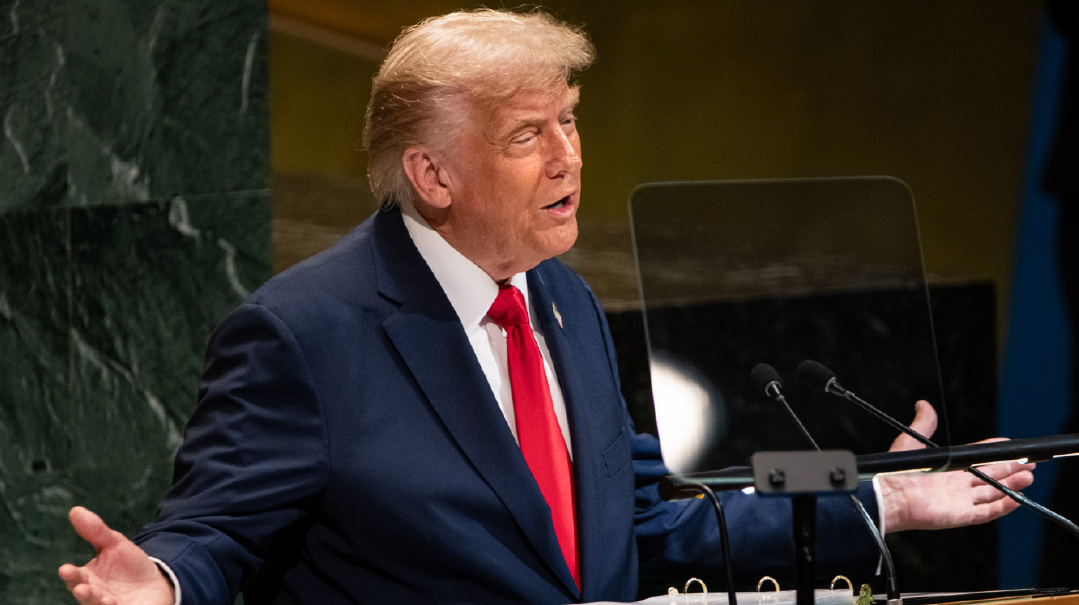The Mighty Shekel

Winners and losers of the shekel's strong showing

People dispense a great deal of advice to those on the verge of making aliyah.Only some of it is the real deal.
Two gems I was privy to shortly before moving to Israel in 1993 from Miami Beach came courtesy of an Israeli businessman in our kehillah: “Buy an apartment as soon as you can and don’t be afraid of the shekel.”
He was spot-on. Apartment prices have more than tripled in 26 years and the financial press is rife with articles lauding the shekel as one of the world’s strongest currencies — in spite of the obvious weaknesses of Israel’s political system and the security threats we face.
While the US Dollar Index hovers near a 52-week high against a basket of major international currencies, the shekel has exhibited oppositional behavior — gaining 8% versus the dollar in 2019. Major investment firms such as Goldman Sachs predict the shekel will strengthen further in 2020, fueled by demand mainly from American, British, German, and Chinese investors who have exchanged more than $60 billion of their native currencies in the past three years to invest in Israeli businesses, including energy producers, high tech, and security firms.
Local investors have followed suit, reallocating some $4 billion from their portfolios in 2019 into more lucrative shekel investments.
Investors will soon develop a new appetite for Israeli bonds, denominated in shekels. Formerly available for purchase mainly via donations at Kol Nidre appeals, starting in April 2020, Israeli government bonds will be included in the World Government Bond Index managed by FTSE Russell, a subsidiary of the London Stock Exchange.
However, it took quite a few years for shekel fear to subside, and for good reasons.
I remember the near panic that gripped the Tel Aviv financial markets in May and June of 2002 when one dollar was worth almost five shekels. This was shortly after the dot-com bubble burst and Israel’s economy suffered due to its dependency on high tech. The government had ratified austerity measures, and rumors were rampant that if the shekel fell below five to the dollar, the entire economy would collapse, much as it did in 1985 as a result of a banking scandal.
The cure for that scandal was linking the shekel to the dollar, offering the strong shoulder of Uncle Sam for a weak Israeli currency to lean on. However, by 2002, sober economic minds understood this linkage was damaging Israel’s economy, mainly its housing market, which is just as important to the economy as high tech.
Apartments were priced in dollars. You could go to contract on a $200,000 apartment and expect to pay NIS 800,000 with the shekel at four, but if it rose to five by the time you closed, you needed NIS 1 million. The Israeli lamb was getting fleeced by the currency trading wolves of the world.
In two phases, the Knesset passed legislation requiring building contractors to quote prices of new apartments in shekels. The law took full force in 2007, and subsequently, realtors and private sellers followed suit, pricing secondhand apartments in shekels.
This coincided with Stanley Fischer’s tenure as Bank of Israel governor. Fischer set a goal of breaking the linkage between the dollar and the shekel. In a 2010 interview with Mishpacha, Fischer noted how the linkage was broken in housing and said: “That’s what has to happen with the entire economy. Because the truth is that the value of the shekel, within Israel, is more stable than the dollar.”
At the time, we asked Fischer for his prediction as to the future direction of the dollar and shekel. He replied: “There’s a rule that all central bankers follow, and that is not to make predictions on exchange rates.”
That same rule applies to me in my role as editor-at-large. Even though I spent some 13 years in my mid-career as a financial advisor and trader, any prediction I made on where the shekel-dollar rate will be a year from now — or even tomorrow — would be nothing more than educated guesswork. If I really knew, I’d be making a fortune trading and wouldn’t be writing this column.
But if experience taught me anything, it’s that in the short term, there are many different force at play that can whipsaw markets, and in the long term, it’s best never to fall in love with your portfolio because investment trends change on a dime, and often the momentum only becomes apparent once it’s too late.
The Stronger Shekel: Winners and Losers
Winners
Israeli Importers The strong shekel makes it cheaper for them to buy merchandise overseas, boosting profits. Most Israelis complain that importers don’t pass their savings on to consumers, and some don’t unless they are in a highly competitive industry, but Bank of Israel research shows an average lag time of six months before a strong currency leads to lower price tags.
Israeli Travelers A strong shekel means a better exchange rate on foreign currency, lowering the prices of airfares, hotels, and car rentals.
Israeli Government If we ever have one again, a strong shekel usually translates into lower inflation, and since the government is one of the economy’s biggest spenders, it can maintain better control over the national budget.
Losers
Telecommuters and Retirees Purchasing power is crimped for individuals who must convert an overseas salary, pension, or government benefit (such as Social Security) from a weak dollar to a strong shekel.
Yeshivah and Seminary Parents Parents who finance costs for their children’s year or two of yeshivah or seminary in Eretz Yisrael must spend more dollars on tuition, rent, and other essential expenses.
The Export Economy Shekel strength erodes the profitability of exporters whose dollar revenue shrinks after conversion to shekels, which they must do to cover local operations and salaries.
(Originally featured in Mishpacha, Issue 782)
Oops! We could not locate your form.













